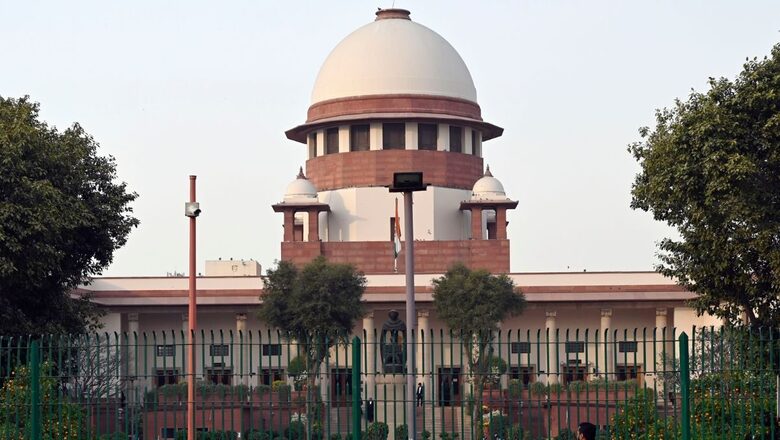
views
The Supreme Court is all set to hear a fresh plea to frame guidelines for other methods of conducting e-KYC process for acid attack survivors suffering from eye burns or permanent disfigurement.
The plea seeks directions to the authorities to streamline the digital KYC/e-KYC process to make it more accessible and inclusive towards disabled persons, particularly acid attack survivors. It states that the criteria for gauging ‘liveness’ has not been defined or elaborated in any of the guidelines detailing the digital KYC process.
However, blinking has developed as a conventional norm and industry practice to satisfy the ‘liveness’ criterion for conducting digital KYC, which, in turn, has become the only accepted mode of completing the compliance through common industry practice, keeping the offline physical KYC absolutely untouched and unused.
“Evidently, the present method of conducting digital KYC is alarmingly inadequate and restrictive, and remains conspicuously silent on how digital KYC ought to be completed in the event a person is unable to blink their eyes to verify their ‘liveness’,” the plea stated.
The plea filed through advocate on record Nitin Saluja and drafted by advocate Anmol Kheta, highlighting the gap in the current KYC system, said the extant policy fails to take into consideration other feasible alternatives such as movement of lips, voice recognition, uttering a word, moving the head in different directions, to perform other actions based on the prompts given by the system as a substitute of blinking and depict liveness at the time of digital KYC.
According to the SC website, the matter is likely to be listed on May 13. Citing examples, the plea said the UIDAI has introduced the Biometric Exception Enrolment Guidelines, 2014, to make the procedure for Aadhaar enrolment more inclusive for persons with disabilities insofar as it prescribes an alternative procedure for enrolling persons whose fingerprints or irises or both cannot be captured due to any reason (such as damage, injury, or bent fingers due to old age or leprosy etc).
“Over 29 lakh persons with disabilities have successfully enrolled themselves by applying the said guidelines,” said the plea, which seeks to ensure that offline KYC is carried out in instances where e-KYC cannot be completed, or biometrics cannot be obtained to ensure effective implementation of the extant guidelines under the Rights of Persons with Disabilities Act, 2016.
It further seeks the top court’s directions to the authorities to expand the restrictive understanding and scope of the ‘liveness’ criterion under the digital KYC or frame appropriate alternative policies to make the process more inclusive towards acid attack survivors and other persons suffering from permanent eye disfigurement.
Stay updated with live coverage of Lok Sabha Election 2024 Phase 3 Voting In Karnataka And Gujarat on our website. Get the latest updates, polling trends, result dates and more.




















Comments
0 comment